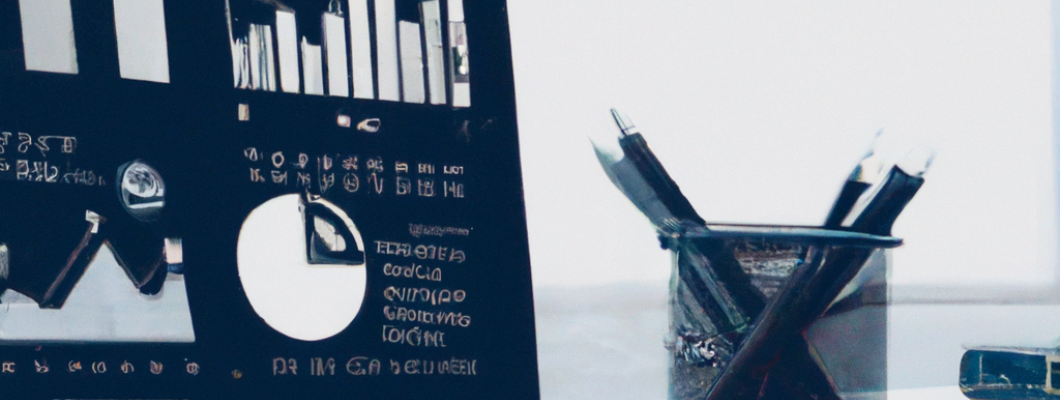Top Tips for Choosing the Right T-Shirt Printer

Top Tips for Choosing the Right T-Shirt Printer
Selecting the appropriate t-shirt printer is crucial for producing high-quality custom apparel and growing your business or personal brand. With a variety of printing technologies available, understanding their features, advantages, and limitations can help you make an informed decision. Whether you're starting a small side hustle or aiming to expand a large clothing line, choosing the right equipment ensures your designs look vibrant, durable, and professional. In this guide, we'll explore key factors to consider and provide practical tips to help you find the best t-shirt printer for your needs.

Types of T-Shirt Printers
Before diving into features and specifications, it's important to understand the main types of t-shirt printers available:
- Screen Printing: Ideal for large production runs, it offers vibrant colors and durability. However, setup costs can be high, making it less suitable for small batches or one-off designs.
- Direct-to-Garment (DTG): Uses inkjet technology to print directly onto fabric. It allows for high-detail, full-color images and is perfect for small runs or custom orders. The initial investment is moderate, and maintenance is relatively simple.
- Sublimation Printing: Works best on polyester fabrics, allowing vibrant, long-lasting prints. It"s great for small to medium batches but limited by fabric type.
- Heat Transfer Machines: Use heat to apply designs from transfer paper onto garments. They"re versatile and suitable for both small and large quantities, although the print durability might vary.
Key Factors to Consider When Choosing a T-Shirt Printer
1. Print Quality and Resolution
The quality of your printed t-shirts will directly impact customer satisfaction and your brand reputation. Look for printers that offer high resolutions, ideally 1200 dpi or higher, to ensure detailed images and vibrant colors. Testing sample prints before purchasing can help you evaluate the level of detail and color accuracy achievable with a particular machine. Remember, higher resolution often means better print quality but may also involve higher costs.
2. Production Speed and Volume
Assess your expected production capacity. If you plan to produce a large volume of garments regularly, investing in a high-speed, industrial-grade printer might be necessary. For small-scale projects or custom one-offs, a more affordable, slower machine would suffice. Consider the printer"s printing speed, measured in garments per hour, and match it with your business needs to avoid bottlenecks.
3. Ease of Use and Maintenance
Selecting a user-friendly machine can save you time and reduce frustration, especially if you"re new to garment printing. Look for printers with clear controls, automated functions, and straightforward maintenance routines. Check the availability of customer support, warranties, and replacement parts to ensure smooth operation. Budgeting also involves considering ongoing maintenance costs to keep your printer in optimal condition.
4. Cost and Budget
Set a realistic budget that encompasses the initial purchase price, maintenance, consumables, and potential upgrades. Entry-level DTG printers can start from a few thousand dollars, while high-end industrial systems may cost significantly more. Remember that cheaper machines might have limitations in quality or speed, whereas investing in a more advanced machine can improve efficiency and output quality over time. Prices vary widely, so compare features and long-term value carefully.
5. Compatibility and Software
Ensure that the printer you choose is compatible with your existing computer systems and design software. Many DTG and sublimation printers come with dedicated software that simplifies design placement, color management, and preset configurations. Compatibility reduces setup time and minimizes errors, helping you produce consistent results. Additionally, check for available firmware updates and support for various file formats.
Additional Tips for Making Your Decision
Research customer reviews and testimonials to gauge reliability and performance. Visiting trade shows or demo days can provide hands-on experience with different machines. Consulting with industry professionals or joining online forums can also offer valuable insights. Remember to consider future growth; investing in a slightly more capable machine today can prepare you for increased demand tomorrow. Lastly, verify the availability of training and support from the manufacturer, which can be crucial during initial setup and troubleshooting.
Conclusion
Choosing the right t-shirt printer is a significant decision that hinges on your specific needs, budget, and goals. By understanding the different types of printers, evaluating key features such as print quality and volume capacity, and considering ease of use and support, you can select a machine that will serve your business well. Taking the time to research and test options can lead to better quality prints, higher customer satisfaction, and ultimately, a more successful clothing business. Remember, the right equipment empowers your creativity and helps your designs stand out on the market.

Leave a Comment